Gyrocopter safety tips. As a gyrocopter pilot, I’ve come to appreciate the unique blend of freedom and responsibility that comes with flying these remarkable machines. Safety is paramount in this exhilarating pursuit, and understanding the inherent risks is the first step toward ensuring a secure flying experience.
Contents
Gyrocopters, with their distinctive rotor systems and open cockpits, offer a different set of challenges compared to traditional aircraft.
The design allows for a slower stall speed and greater maneuverability, but it also requires a keen awareness of aerodynamics and environmental factors.
The importance of safety cannot be overstated. Each flight presents its own set of variables, from mechanical integrity to weather conditions.
As pilots, we must be vigilant and proactive in our approach to safety. This means not only adhering to regulations but also cultivating a mindset that prioritizes risk assessment and management.
By understanding the nuances of gyrocopter operation, we can better prepare ourselves for the unexpected and enhance our overall flying experience.
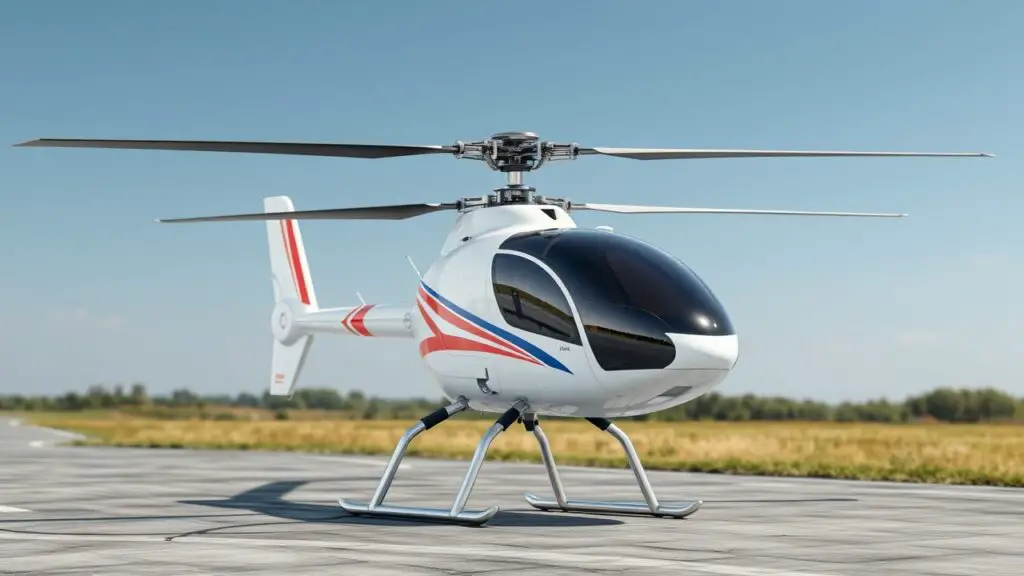
Essential Tips for Gyrocopter Pilots
One of the most crucial aspects of being a gyrocopter pilot is mastering the art of pre-flight preparation. Before every flight, I make it a point to conduct a thorough pre-flight inspection.
This includes checking the rotor blades for any signs of wear or damage, ensuring that all control surfaces are functioning correctly, and verifying that fuel levels are adequate. A meticulous pre-flight routine can help identify potential issues before they escalate into serious problems during flight.
In addition to physical checks, I also emphasize the importance of mental preparation. Familiarizing myself with the flight plan, understanding the airspace I’ll be navigating, and reviewing emergency procedures are all essential components of my pre-flight routine.
By mentally rehearsing these elements, I feel more confident and ready to handle any challenges that may arise during my flight. This combination of physical and mental preparation lays a solid foundation for a safe and enjoyable flying experience.
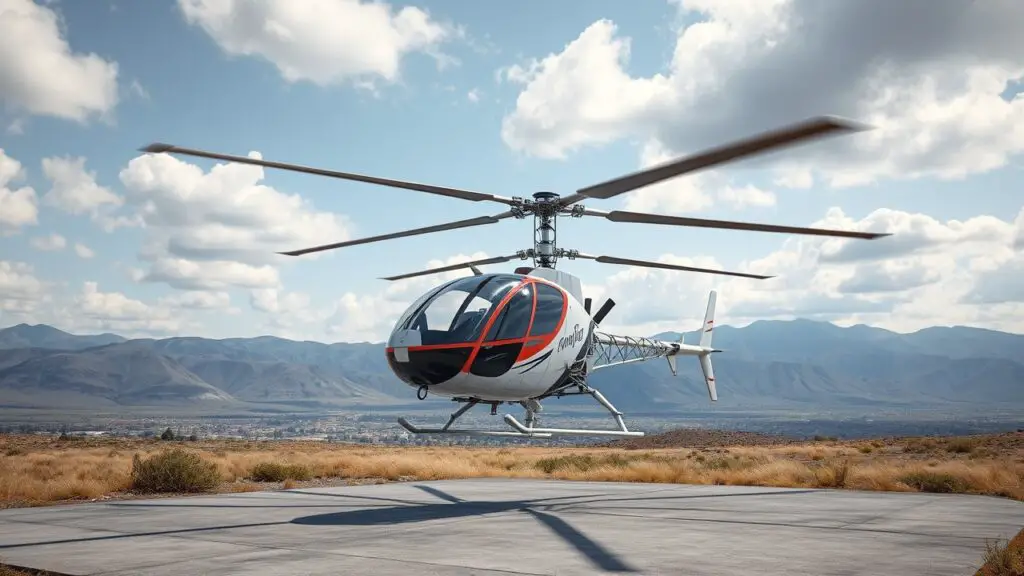
Safety Precautions for Gyrocopter Flights
When it comes to safety precautions during flight, situational awareness is key. I’ve learned that maintaining a constant awareness of my surroundings can make all the difference in avoiding potential hazards.
This includes monitoring other aircraft in the vicinity, being mindful of changing weather conditions, and keeping an eye on the terrain below. By staying alert and engaged, I can react swiftly to any unexpected developments. Another critical safety precaution is adhering to established flight protocols.
This means following standard operating procedures for takeoff, landing, and in-flight maneuvers. I always remind myself to respect the limits of my gyrocopter and my own flying abilities. Pushing beyond those limits can lead to dangerous situations.
By practicing disciplined flying habits and sticking to established guidelines, I can significantly reduce the risk of accidents. For more information on safety rules and precautions for gyrocopters, visit ELA Aviation.
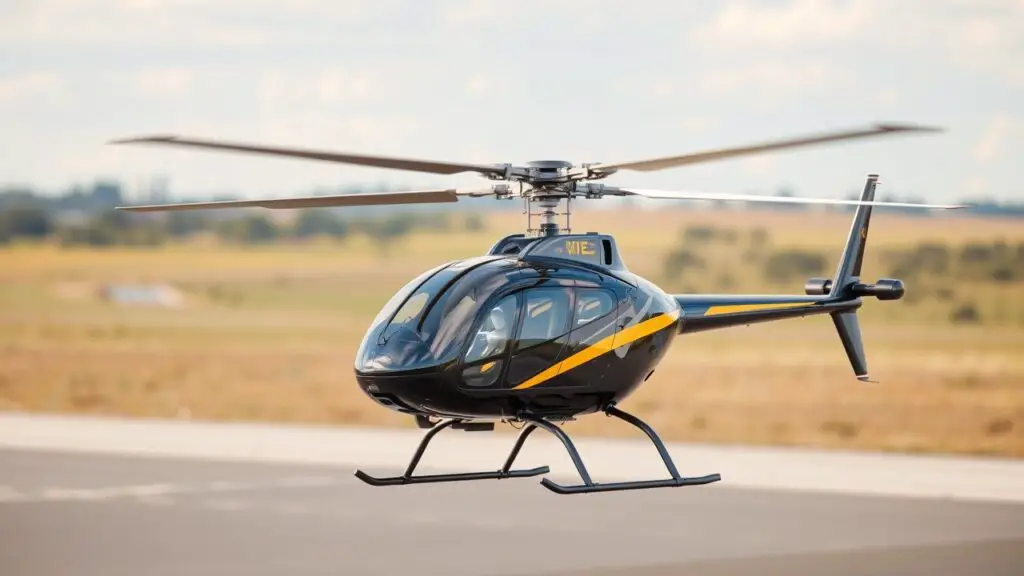
Gyrocopter Maintenance and Safety
| Metrics | Data |
|---|---|
| Number of maintenance checks per year | 4 |
| Average maintenance cost per year | 5,000 |
| Number of accidents in the past 5 years | 2 |
| Percentage of maintenance conducted by certified technicians | 90% |
Regular maintenance is an integral part of ensuring gyrocopter safety. I’ve found that keeping a detailed log of all maintenance activities helps me stay organized and aware of any upcoming service needs.
Routine checks on the engine, rotor system, and other critical components are essential for identifying wear and tear before they become serious issues. It’s not just about compliance with regulations; it’s about safeguarding my life and the lives of others. Moreover, I’ve learned that maintenance isn’t just a one-time task but an ongoing commitment.
Establishing a relationship with a qualified mechanic who understands gyrocopters can provide invaluable insights into best practices for upkeep. Regular inspections and timely repairs not only enhance safety but also improve the overall performance of the aircraft. By prioritizing maintenance, I can fly with confidence, knowing that my gyrocopter is in optimal condition.
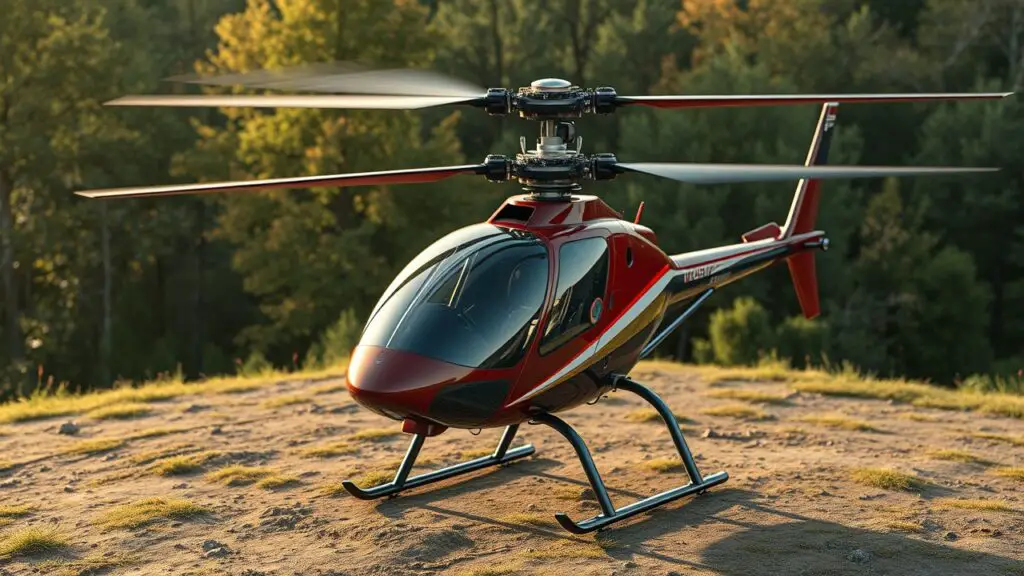
Top Safety Tips for Gyrocopter Enthusiasts
For those who share my passion for gyrocopters, there are several key safety tips that can enhance our flying experiences. First and foremost, I encourage fellow enthusiasts to invest time in education and training. Whether through formal courses or mentorship from experienced pilots, gaining knowledge about gyrocopter operation is invaluable.
Understanding the mechanics and aerodynamics specific to these aircraft can empower us to make informed decisions while flying. Additionally, I believe that building a community among gyrocopter pilots can foster a culture of safety. Sharing experiences, discussing challenges, and learning from one another can lead to improved practices across the board.
Engaging with local flying clubs or online forums allows us to exchange tips and insights that can enhance our skills and safety awareness. Together, we can create an environment where safety is prioritized, making our shared passion for gyrocopters even more enjoyable.
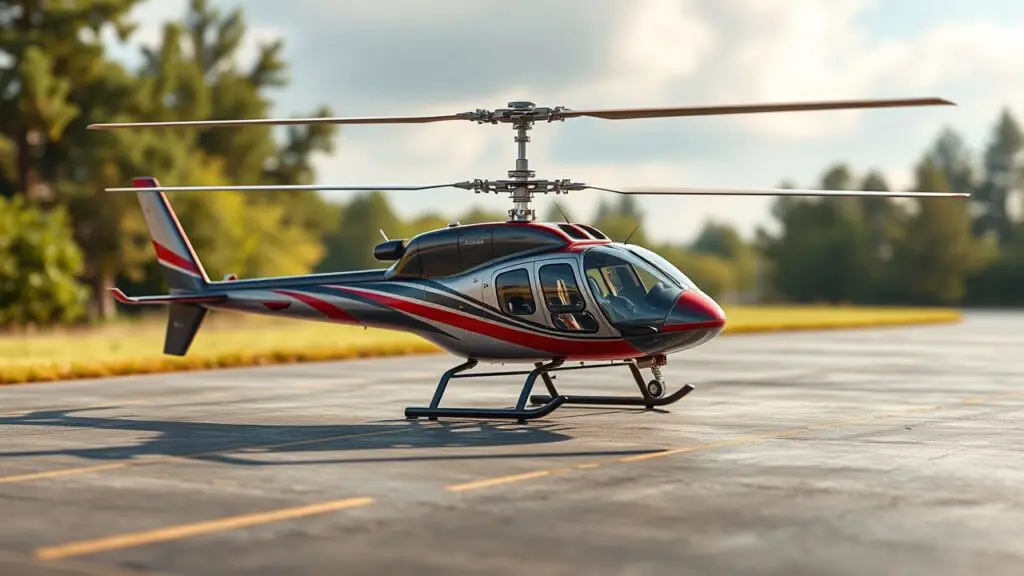
Navigating Weather Conditions in a Gyrocopter
Weather plays a significant role in gyrocopter safety, and I’ve learned to respect its unpredictability. Before every flight, I make it a habit to check weather forecasts and understand how conditions may impact my journey. Factors such as wind speed, visibility, and precipitation can dramatically affect flight performance.
By staying informed about current weather patterns, I can make better decisions regarding whether to fly or postpone my plans. In-flight weather awareness is equally important. I always keep an eye on changing conditions while airborne, as they can shift rapidly.
If I notice turbulence or deteriorating visibility, I’m prepared to alter my course or land if necessary. Understanding how weather affects gyrocopter performance allows me to navigate safely through various conditions while minimizing risks associated with unexpected changes.
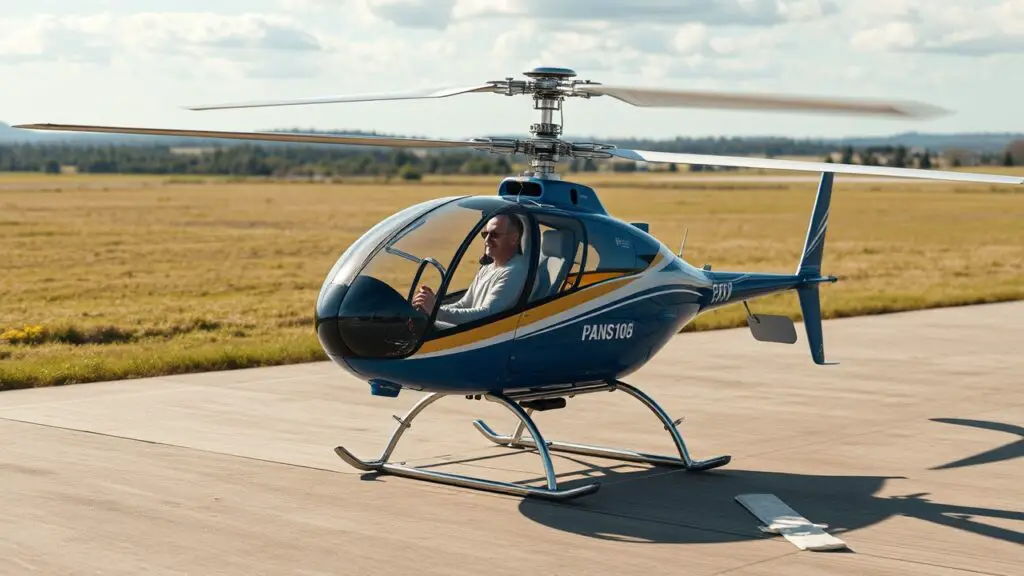
Conclusion
Creating a comprehensive safety checklist has been one of the most effective tools in my flying routine. This checklist serves as a reminder of all critical steps that need to be taken before, during, and after each flight. From pre-flight inspections to post-flight evaluations, having a structured approach ensures that nothing is overlooked.
It’s easy to get caught up in the excitement of flying, but this checklist helps ground me in safety protocols. I also encourage fellow pilots to customize their checklists based on personal experiences and specific aircraft requirements. By tailoring these lists to our unique situations, we can address individual concerns while enhancing overall safety practices.
Regularly reviewing and updating the checklist keeps it relevant and effective, ensuring that we remain vigilant in our commitment to safe gyrocopter operations.

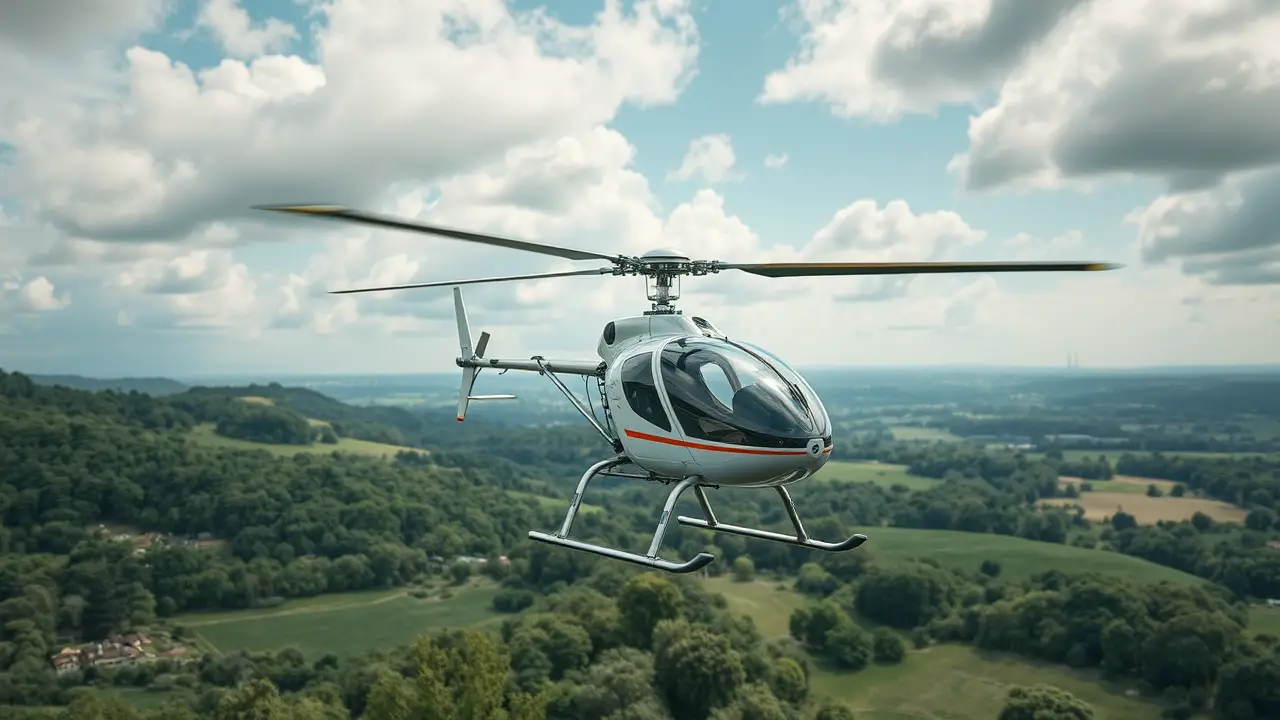
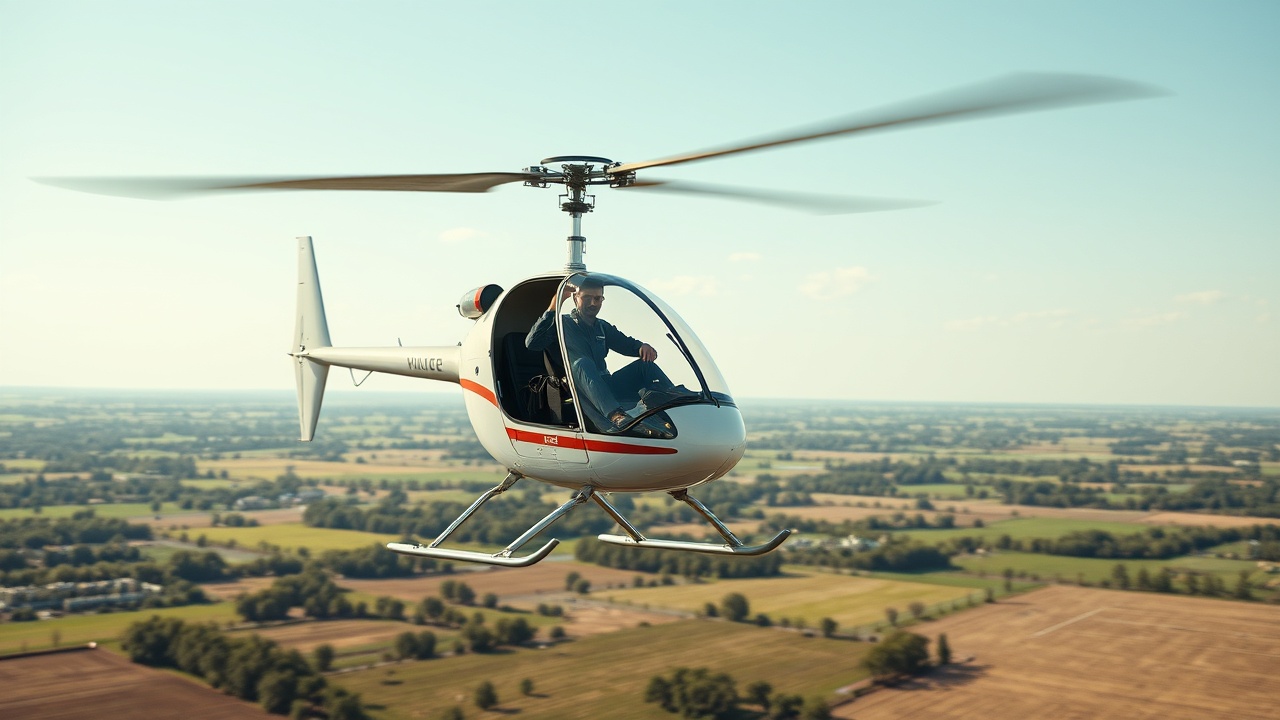
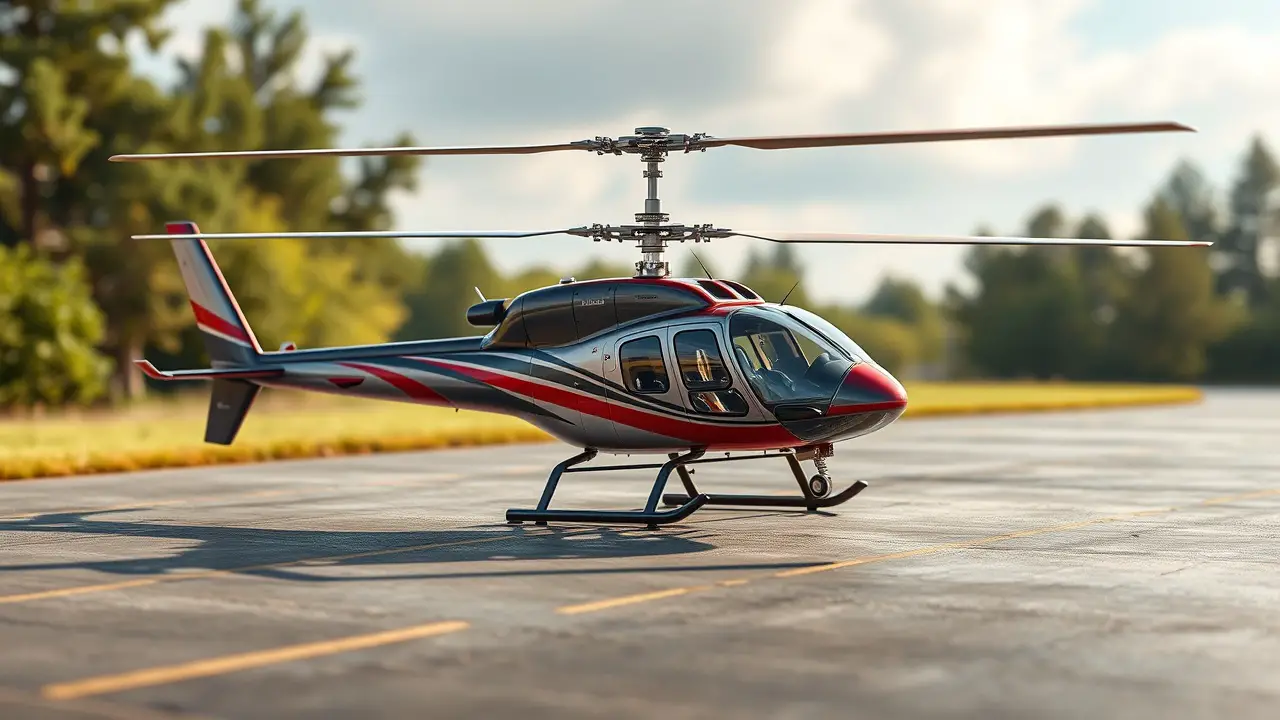
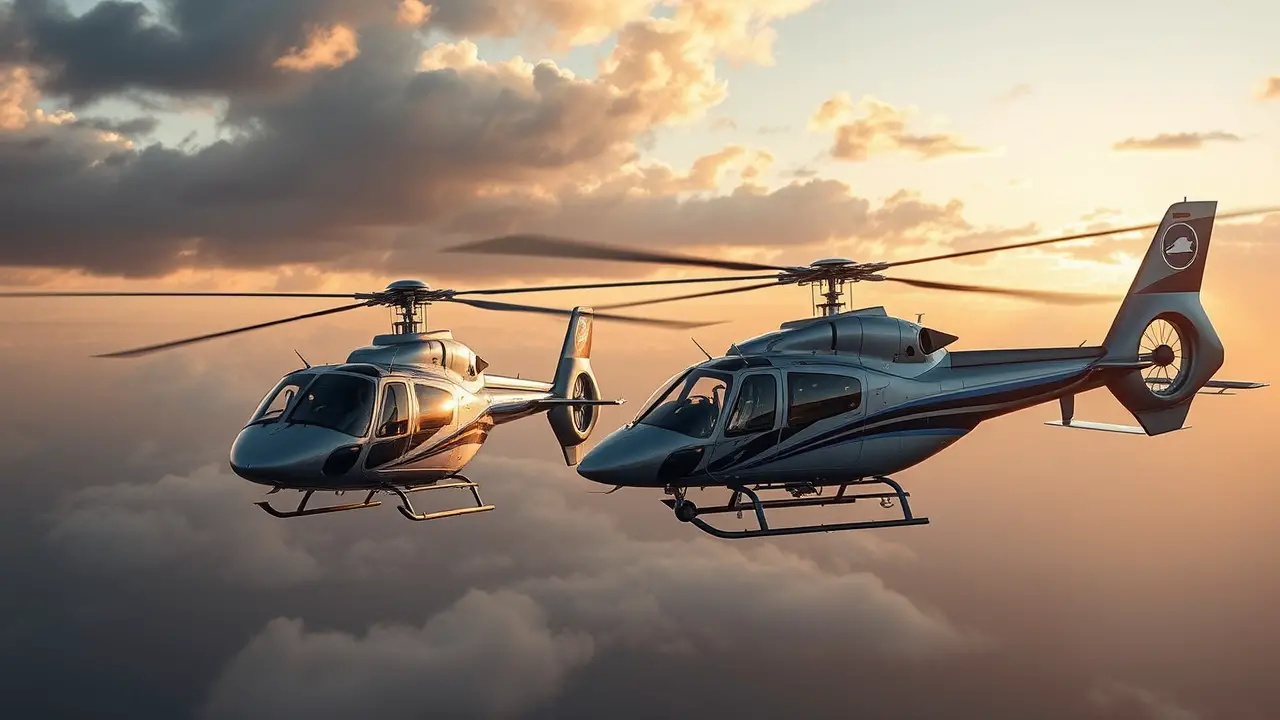
Leave a Reply